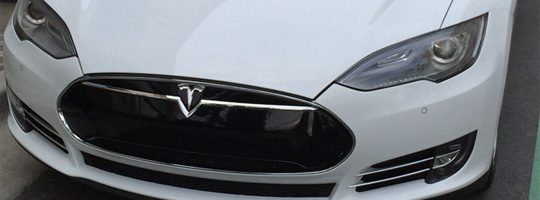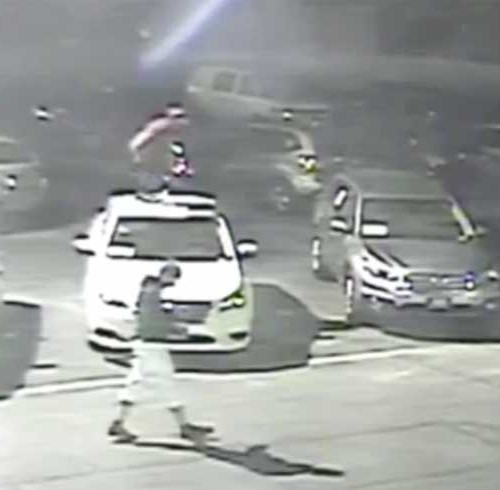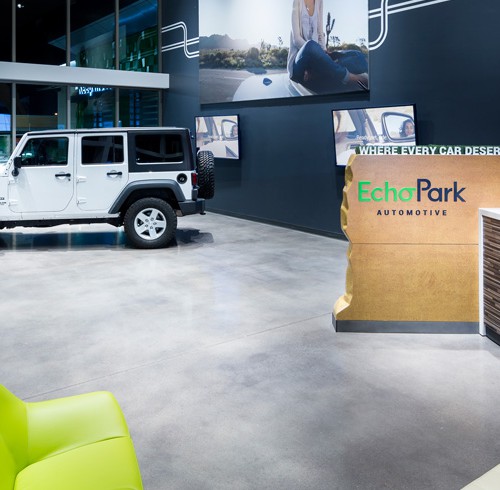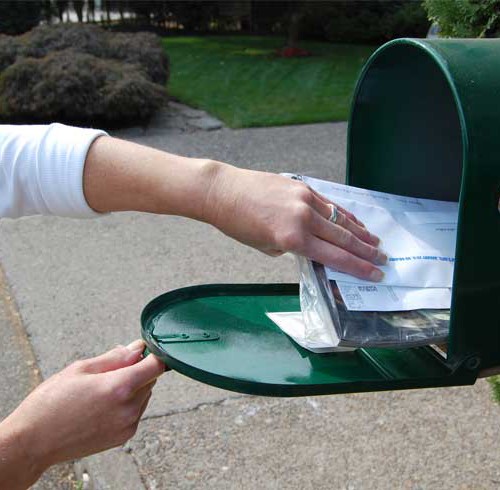Google’s Self-Driving Cars Arrive In Texas

If you live in Austin and see a Lexus SUV driving itself down a city road, there’s no reason to panic. Google’s self-driving car has now arrived in Texas.
In a Google+ post this week, the company announced it has picked Austin to be the next location for the testing of its self-driving vehicles. To help create some buzz for the project, one of Google’s Lexus SUVs has already been driving around a few square miles north and northeast of downtown Austin, with a backup driver behind the wheel, just in case.
Austin will become the second testing ground for Google’s self-driving cars. The company has already been driving around the streets of Mountain View, California, with its fleet of modified Lexus RX450h cars and Toyota Prius models. Google explains that expanding the program to a second city is important for the project as the cars need to learn how to navigate the different roads, driving conditions and specific challenges that exist in other areas. The company is also interested in seeing how people in different parts of the country perceive and interact with self-driving vehicles. Another one of Google’s SUVs will arrive in Austin within about a week, and if initial tests go well, the company hopes to map and drive through additional areas of the city.
“It’s important for us to get experience testing our software in different driving environments, traffic patterns and road conditions – so we’re ready to take on Austin’s pedicabs, pickup trucks and everything in between,” Google wrote in a blog post. “Keep it weird for us, Austin, and visit our website to let us know how we’re driving.”
It’s very exciting to see that the testing of Google’s self-driving cars is expanding to a second city, and it will be interesting to see how well the tests in Austin go. There are certainly many challenges to overcome, which Google has acknowledged since its self-driving program began.
“Even when our software and sensors can detect a sticky situation and take action earlier and faster than an alert human driver, sometimes we won’t be able to overcome the realities of speed and distance; sometimes we’ll get hit just waiting for a light to change,” Chris Urmson, director of Google’s self-driving car program, said in a blog post in May. “And that’s important context for communities with self-driving cars on their streets; although we wish we could avoid all accidents, some will be unavoidable.”
What has Google been doing to try to avoid accidents that are caused by other cars?
“Our sensors give us 360-degree visibility around the vehicle at all times, out to a distance of nearly two football fields, and the other vehicle never gets distracted,” explained a Google representative. “We’ve also baked-in defensive driving behavior: We do things to avoid getting into a tricky situation in the first place – e.g., staying out of other drivers’ blind spots, nudging away from lane-splitting motorcycles or wobbling vehicles, pausing 1.5 seconds before proceeding into an intersection after a red light turns green, etc. It still amazes us how many times people have rear-ended us while we’ve been completely stopped at a stoplight for several seconds.”
There’s a massive amount of new information to consider when it comes to the safety of self-driving cars, especially in the way that they interact with traditional drivers. Up until now, the “safety drivers,” as Google calls them in the prototype cars, have had a steering wheel, accelerator pedal and brake pedal that allows them to take control of the vehicle if necessary. Additionally, the speed of the cars has been capped at 25 miles per hour. So, what will happen when the cars don’t have a backup driver and they are moving at normal speed limits? That prospect is still in the future, and the details will emerge as the testing continues and the technology develops, which is one of the reasons that testing the cars in different cities and scenarios is a crucial move for Google.












Warning: count(): Parameter must be an array or an object that implements Countable in /home/pg4b1yzvrqqo/domains/test.drivingsalesnews.com/html/wp-includes/class-wp-comment-query.php on line 399